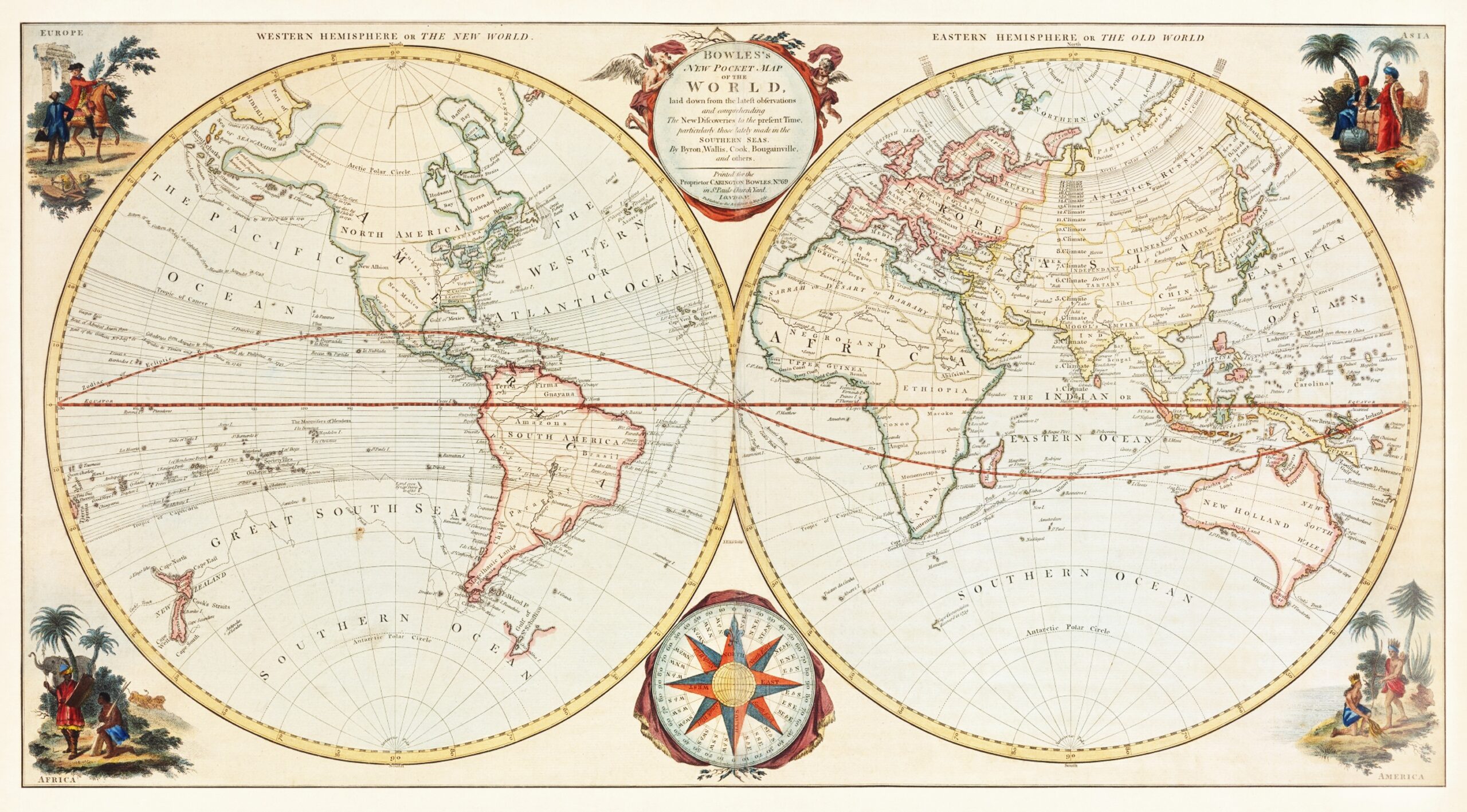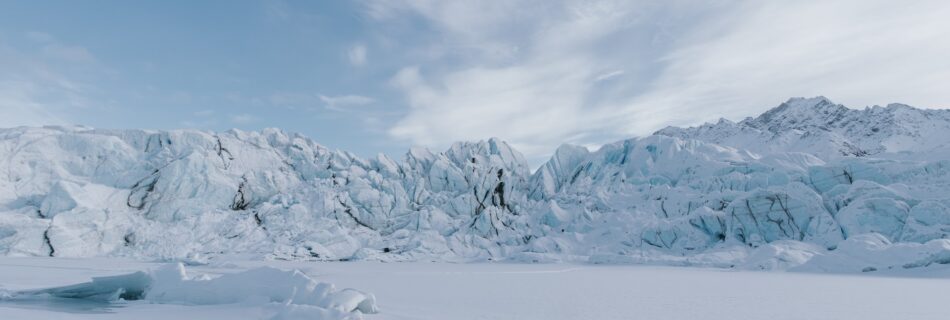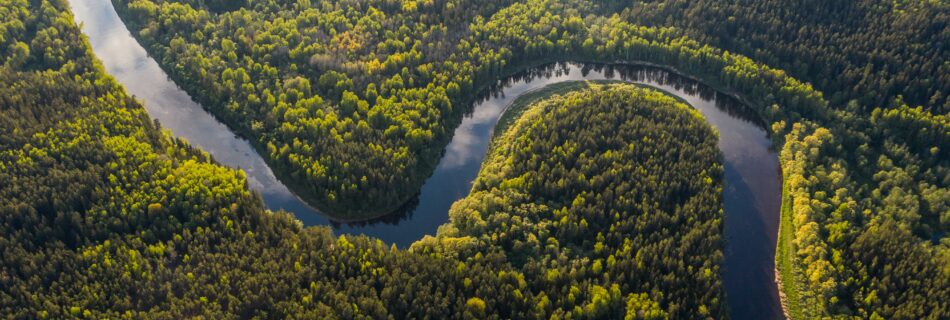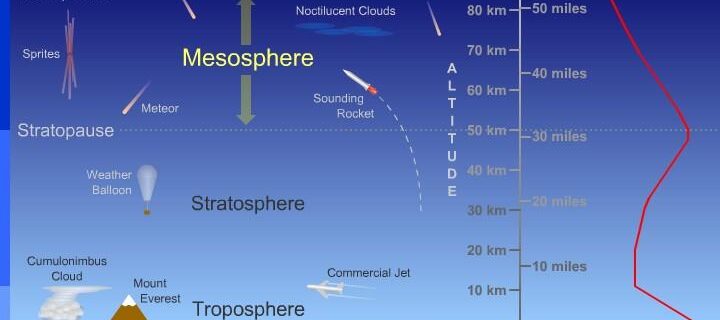How Will Geography Help Me In the Future?
Introduction: Embracing Geography’s Multifaceted Significance There is a symphony of truth in the phrase ‘geography is destiny.’ The subject of geography, renowned for its sheer breadth and diverse dimensions, comprises far more than just the study of our planet’s physical spaces and their visible features. It encapsulates an exploration of human society with all its …









